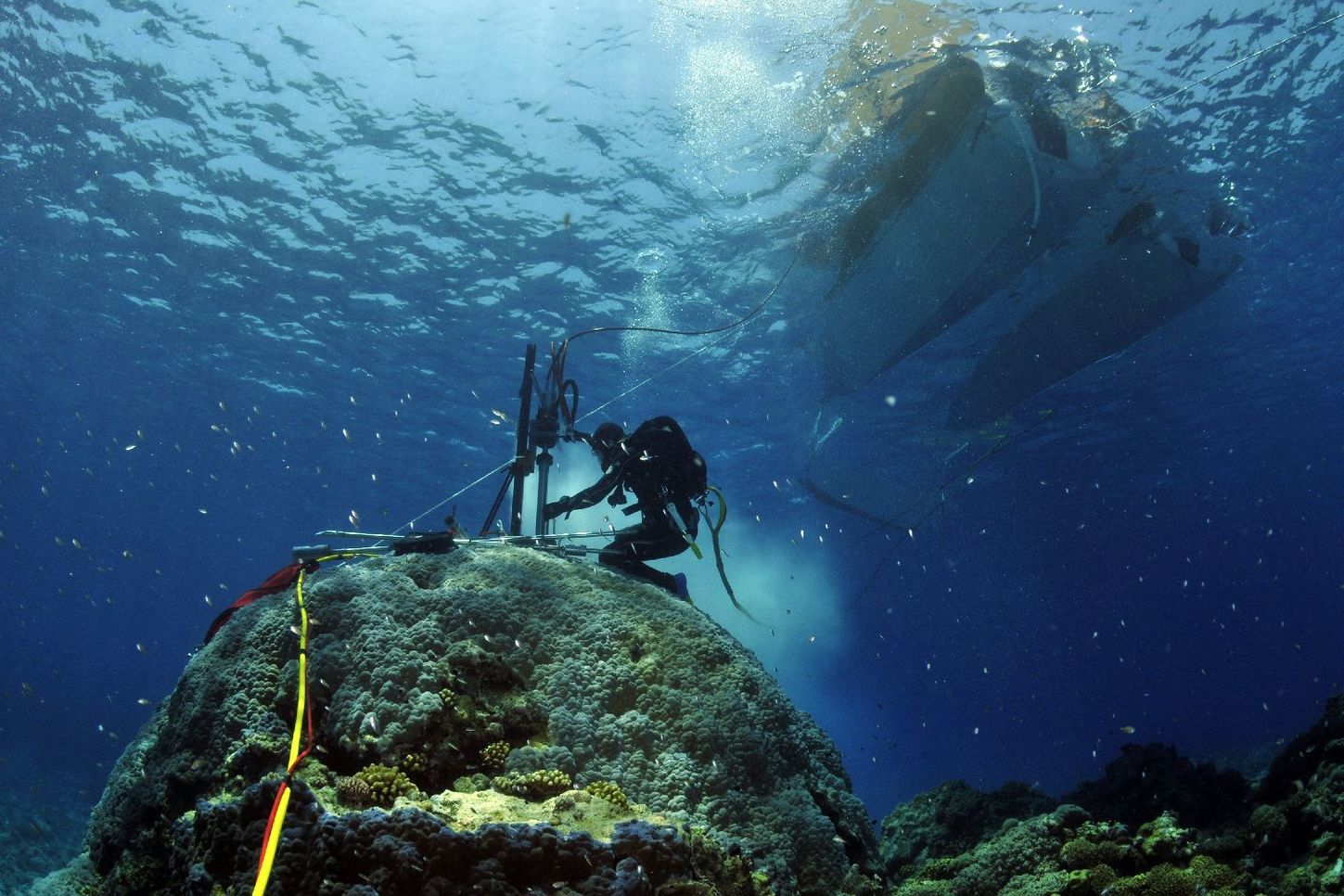
Global warming on Earth began far earlier than previously known, it began around 1830 already – according to a new study published in Nature.
In 1830, industrialism was still in its infancy and this new data, therefore, suggests that the climate can be affected by very small amounts of increasing greenhouse gasses.
During the first three decades in the 1800s, only Britain as the country of origin, was well into industrialization, using coal as the main energy source, although minor industries had been built up in some limited areas in Belgium, France, and Germany.
This limited use of fossil fuels was apparently enough to have an impact on the climate. According to the new study, it is possible to notice a warming in the Arctic and in the tropical oceans between 1827 and 1834.
About 20 years later, between 1847 and 1852, rising temperatures was noticeable over the northern hemisphere, in Europe, Asia, and North America.
This was over 100 years before climate change began to attract the attention of scientists, and 135 years before the climate got on everyone’s lips.
The researchers’ results are based on reconstructions of the climate since the year 1500. They have examined tree rings, ice cores and coral cores and used climate simulation analysis.
They conclude that the climate of the Earth did not change significantly between 1500 to 1800. During this era, the Earth was in a minor cold spell, the so-called Little Ice Age.
But after 1830, temperatures began to rise, and the researchers rule out that this is only due to natural variations of the climate.
Interestingly, it took much longer before the warming began to be felt in the southern hemisphere. In Australia and South America, the rising temperatures was not noticeable until around 1900.
_____________
Early onset of industrial-era warming across the oceans and continents
__________________________

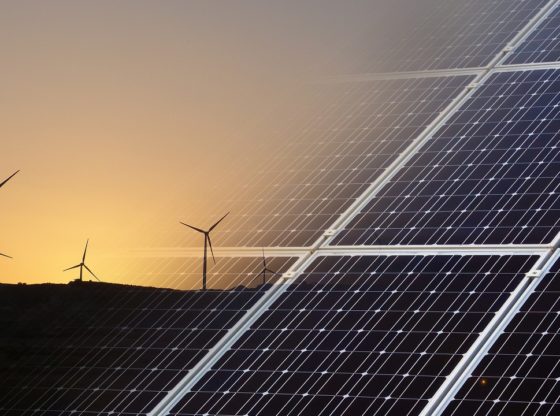

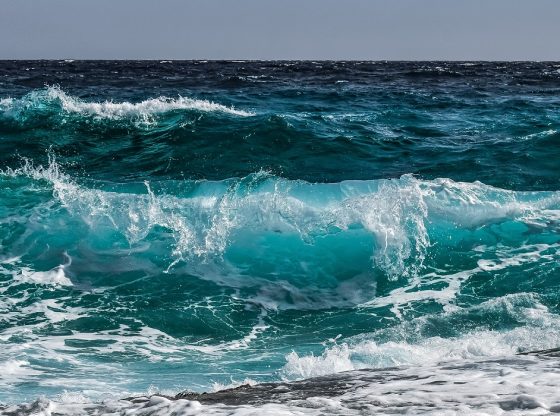
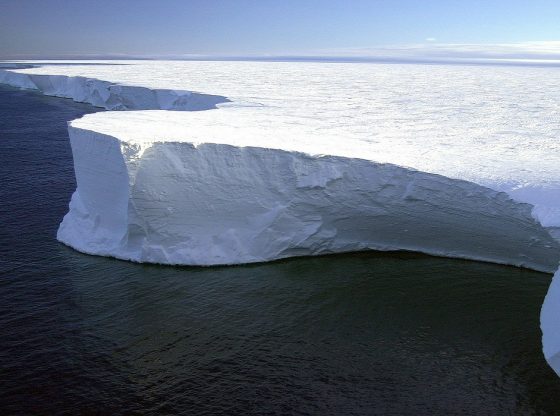
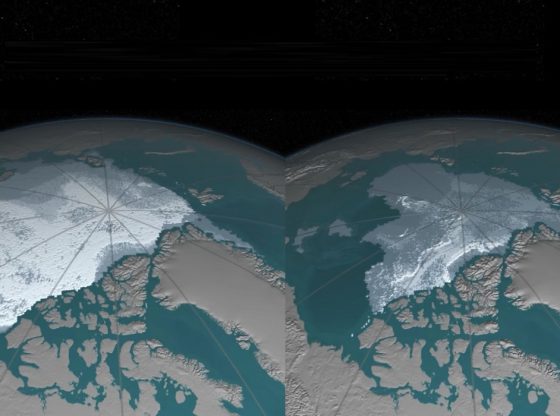

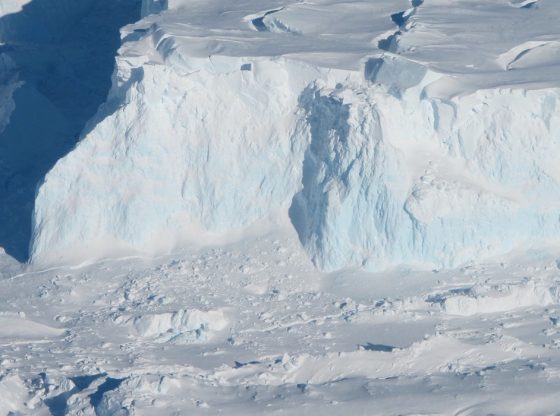

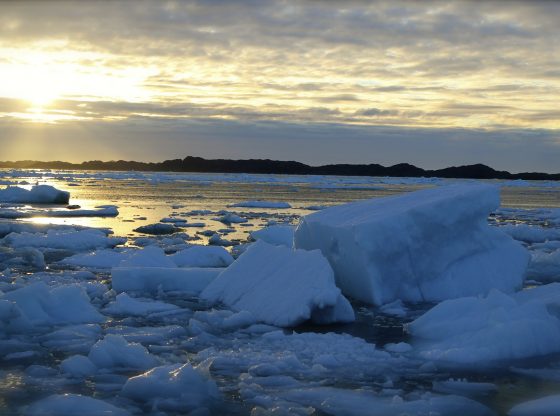

![OpenAI. (2025). ChatGPT [Large language model]. https://chatgpt.com](https://www.illustratedcuriosity.com/files/media/55136/b1b0b614-5b72-486c-901d-ff244549d67a-350x260.webp)
![OpenAI. (2025). ChatGPT [Large language model]. https://chatgpt.com](https://www.illustratedcuriosity.com/files/media/55124/79bc18fa-f616-4951-856f-cc724ad5d497-350x260.webp)
![OpenAI. (2025). ChatGPT [Large language model]. https://chatgpt.com](https://www.illustratedcuriosity.com/files/media/55099/2638a982-b4de-4913-8a1c-1479df352bf3-350x260.webp)








